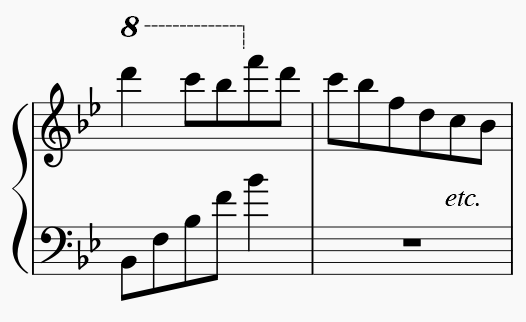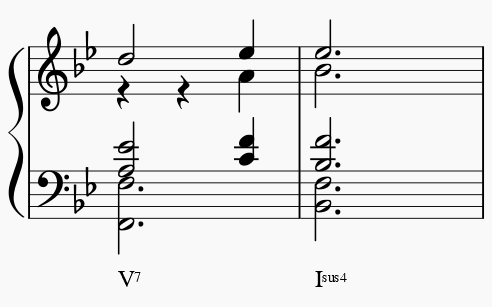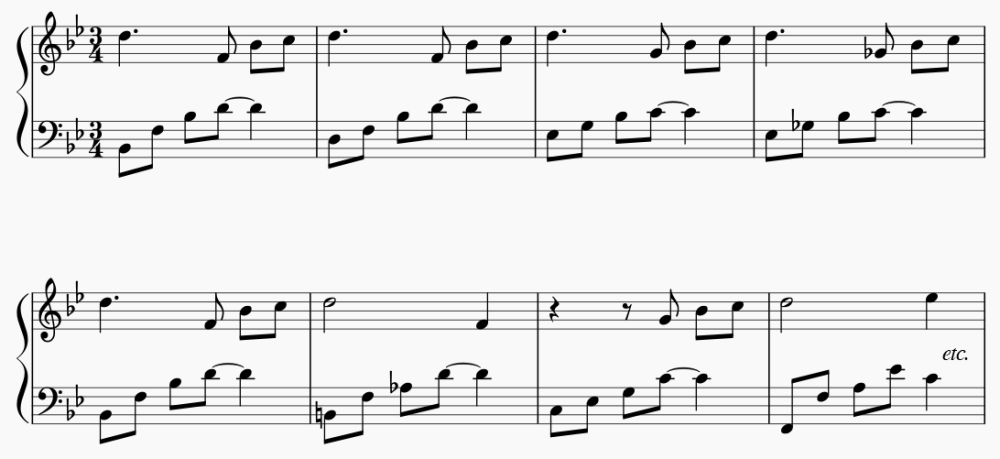-
Posts
71 -
Joined
-
Last visited
-
Days Won
2
Carl Koh Wei Hao last won the day on November 21 2023
Carl Koh Wei Hao had the most liked content!
About Carl Koh Wei Hao

- Birthday February 13
Profile Information
-
Biography
I am a self-taught composer with a passion for music-making since I was young. I started piano lessons at nine and completed my music studies eight years later. I am a mechanical engineering postgraduate student at a local university and spend my leisure time composing music. I write music primarily for the piano and occasionally compose chamber music.
-
Gender
Male
-
Location
Malaysia
-
Occupation
Mechanical engineering postgraduate student
-
Interests
Mathematics, physics, cycling, classical music, and music composition
-
Favorite Composers
Frédéric Chopin, Franz Liszt, Pyotr Ilyich Tchaikovsky
-
My Compositional Styles
Romantic music
-
Notation Software/Sequencers
MuseScore 2
-
Instruments Played
Piano
Recent Profile Visitors
Carl Koh Wei Hao's Achievements
-
This piece was wonderfully written — for a moment, I thought Mozart composed it. Impressive work! You clearly understood the structure of the sonata, and I enjoyed every note of it. Did you perform this piece yourself? I always admire fellow composers here who have written sonatas, because I have not yet acquired the capacity to achieve that.
-
Hey Samuel! This waltz is not bad. You have captured most aspects of Chopin's compositional style: chromaticism, melodic decorations or fioritura (e.g., in bar 26), and inner voicings are some of those. You utilized this in your main theme, which contains notes that alternate between voices. Also, you used passing notes in the accompaniment (e.g., in bars 2, 6, 9, 11, and 22-26), a typical feature of Chopin's waltzes. Great job! However, I have a few comments on your choice of harmony and style. Having three-bar phrases in the main theme of a waltz is somewhat unusual but innovative. Besides, I feel that the harmony in bars 18, 22, 24, and 45 could be richer: you could use dominant seventh instead of dominant chords. I'm unsure of the reason for the tonic seventh chord in bar 33: which note does the D resolve to? As you described, it feels a little awkward, but that might be me. Also, there's a parallel octave between the bass and melody in bars 34-35, which might be something to avoid in a Classical or early-Romantic composition. Overall, I feel that this piece has room for improvement in terms of harmony. I am curious — what is the objective of this assignment? It's too bad that I did not enroll in a music school; otherwise, I would have enjoyed doing these assignments so much. 🙃 Carl Koh Wei Hao
-
Hey Henry! A very nice piece of impressionistic music! I truly enjoyed it. I love the tonic pedal point and the melody in the left-hand part of the A-flat major section. This piece gives me an oriental feel – it's much different from the other pieces you composed more than a year ago. Do you still write Classical-styled music, or have you transitioned to a new compositional style? I'm sorry for being quiet on this forum for a while - I needed to take a break from composing and work on bigger projects. Life's starting to get busy. Carl
-
Hello Henry, This is a well-written sonata! Great job, and I appreciate your efforts in recording this performance. The triplet octaves must be really hard to play at this tempo, but you executed them very well. You must've taken some ideas from Chopin's Scherzo No. 3, which is also written in C-sharp minor and features rapid octave passages. The melodic second theme in bars 42-51 and 177-186 is one of my favourite parts of this movement, as well as the first few measures of the recapitulation at bar 142. For bars 142-149, I like how you creatively doubled the note values and used alternating octaves in the accompaniment, which adds more colour to the music. Other than the parallel fifths in some sections (e.g. bars 3-4 and 138), I have nothing else to say. I am glad to hear that you enjoyed playing this sonata yourself! I can't wait to listen to the second movement. Overall, what a virtuosic performance! Carl Koh Wei Hao
-
Carl Koh Wei Hao started following Your First Attempt on Composition?
-
Hello Johan, This is some enjoyable music! It's probably one of the best ones posted on this forum so far. I like the light-heartedness and the vintage style of this piece. The accompaniment pattern in the left-hand part adds more exciting material to the music and keeps the listeners engaged - it’s one of my preferences, too! Regarding your question about articulations, I usually use staccatissimo marks to emphasise that the duration of the affected notes should be greatly shortened. This articulation may apply to fast and light music, such as polkas and galops. To capture the light character of the piece, staccatissimo would be a better choice. However, as Henry said, performers may play staccato passages at their discretion, depending on the piece's character. Next, cut time or alla breve is generally used for fast pieces like marches. Judging by the tempo marking (greater than 60 half-notes per minute), I think the time signature fits suitably with your sheet music. Note that Chopin’s Fantaisie Impromptu is also written in cut time. I discovered this fact just a few months ago, and I wish I had known it much earlier: previously, I used this time signature in my slow nocturnes simply because it looked fancy. Only then did I realise I had been making this mistake for nine years of writing music! Thanks for sharing this enjoyable piece of music! Carl Koh Wei Hao
-
BlackkBeethoven started following Carl Koh Wei Hao
-
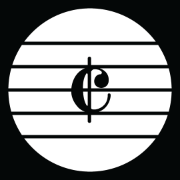
Transcription Attempt
Carl Koh Wei Hao replied to BlackkBeethoven's topic in Incomplete Works; Writer's Block and Suggestions
I think this is the turnaround figure you mentioned: I added some inner voices to the second bar in this image since you played F, A, and E♭ at 0:13. The melody in the recording is pretty much preserved - only some notes were tweaked to match the harmony. In the second and third bars, the movement of the six voices is shown in the figure below: The five notes in the fifth bar (B♭-F-B♭-D-B♭) are the lower five voices (counted from the bass note). The F in the fourth voice moves down to the third, D, since it defines the chord's tonality. If this passage is written like this, with F instead of D : The harmony may sound hollow and less rich since the third is only played in the high register. By the way, your recording highly suggests that the piece is written in 3/4, judging by the passage from 0:09 to 0:14. 6/8 may also work fine with this piece.- 5 replies
-
- piano
- transcription
-
(and 1 more)
Tagged with:
-

Theme and Variations in E-flat major
Carl Koh Wei Hao replied to Carl Koh Wei Hao's topic in Piano Music, Solo Keyboard
Hi @Henry Ng Tsz Kiu, Thanks for your feedback! I am glad that you enjoyed my piece! I agree with you on this. I may want to fix the notation in the future, but once it's played, the melody should be distinguishable. It just takes a little effort to recognize the theme from the sheet music. Maybe adding some accent marks would help. I usually use staccatissimo marks when notating music at rapid tempos. I am unsure why I did that, probably to emphasize that those notes should be highly detached. Liszt also used this articulation in his Grand Galop Chromatique. Chopin's études may have influenced this variation somehow, but I feel it's more towards Czerny's style. I thought about this before and had planned to include another slow variation in G-sharp minor. However, I did not write it eventually because I felt that five variations should be sufficient, given that each variation is more than a minute long on average. I tried to keep the length of this composition under ten minutes, or else it may become quite bland since the same idea is repeated throughout the piece, albeit with different textures and characters. Thank you for your time reviewing my work! Carl Koh Wei Hao -
Greetings. It has been a while since I posted something on this forum. I didn't get to review compositions by other members lately due to being busy with my studies, and I'm sorry for that. Anyway, a few weeks ago, I decided to write a theme and variations for the piano. This was my first time writing music with this structure, but it was not because I lacked inspiration. I took it as an exercise to boost my creativity and improve my composition skills. This eight-minute-long piano piece, written in E-flat major, is one of my major works. It consists of a theme, five variations, and a short finale. These variations are based on a simple theme I created, which I finished within a few hours. On average, each section took me a day to complete. One difficulty I faced when writing this composition was to keep the material interesting while not being too distant from the theme. Here is the breakdown of the structure of this composition: Main theme (E-flat major, Maestoso, 6/8): It's an operatic yet simple theme, which opens forte and Maestoso. 1st variation (E-flat major, 6/8): This variation is a berceuse with grace-note embellishments in the melody and frequent hand-crossing. 2nd variation (E-flat major, Più mosso, 6/8): This playful variation features sixteenth-note figurations in the right-hand part. 3rd variation (A-flat major, Sostenuto, 6/8): This variation is a serenade and the slowest among the five variations. This variation ends with a long pause, marking the beginning of the fast section towards the finale. 4th variation (E-flat major, Vivace, 6/8): This variation is partly inspired by the third movement of Beethoven's fifth piano concerto. This fast section demands virtuosity and contains a short cadenza passage. 5th variation (E-flat major, 2/4): This variation is an étude featuring rapid triplets in the right-hand part. This section is the shortest among all variations, lasting under a minute. Finale (E-flat major, Presto, 6/8): The finale opens with tremolos and a horn-like passage restating the main theme, followed by a reprise of the fourth variation at a much quicker tempo, quickly concluding the piece. Let me know what you think about this piece. I hope you'll enjoy it! Carl Koh Wei Hao P.S. The audio was generated on MuseScore 2.3.2.
-

Transcription Attempt
Carl Koh Wei Hao replied to BlackkBeethoven's topic in Incomplete Works; Writer's Block and Suggestions
Hello, I think using I6 instead of iii7 in the second bar would be better. Try to make the inner voices move in a straight line if possible. Here is how I would write this section and pay attention to the movement of the four voices in the bass: In the eighth bar, I prefer using F-F-A-E♭ instead of F-E♭-A-C in the left-hand part. The reason for this is that the C in the bass may interfere with the D in the melody (according to your recording), but that is just my opinion. The E♭ in the bass then moves down to C since there is already an E♭ in the right-hand part. I hope this helps.- 5 replies
-
- piano
- transcription
-
(and 1 more)
Tagged with:
-

Sonata on The Themes of Outer Wilds
Carl Koh Wei Hao replied to ferrum.wav's topic in Piano Music, Solo Keyboard
Wow, what a splendid masterpiece! Although I have never ventured into this compositional style, I enjoyed listening to every part of it. You must have spent a lot of effort blending these thematic materials! For some reason, listening to this piece reminds me of Nikolai Kapustin's preludes. Thank you for sharing this, and you have done a terrific job! -

Acciaccatura Study for Violin and Piano
Carl Koh Wei Hao replied to Carl Koh Wei Hao's topic in Chamber Music
Hi @expert21, Sorry for the late reply, and thanks for your valuable feedback! Regarding the bowing in the last chord, I was unsure whether the grace notes should be played on a down bow or an up bow. I agree that the final chord should be played on the down bow, and maybe the grace notes could be played on an up bow. For the double stops, I think it would be best for me to change the duration of the high D if it cannot be played easily. The double stops in bars 45-48 and 77-80 may be harder to play because they require the fingers to be placed in a higher position. It would be great if you could record it! Carl Koh Wei Hao -
Carl Koh Wei Hao started following Piano Sonata no.1 in A major, Pastoral, Second Movement
-

Acciaccatura Study for Violin and Piano
Carl Koh Wei Hao replied to Carl Koh Wei Hao's topic in Chamber Music
Hi @chopin, Thank you for featuring my music in your video! I am glad you liked the piece! The conversation between both instruments after the two-minute mark was a tough one to write since I rarely venture into this compositional style. Hi @Guardian25, Thanks for your kind feedback! This duet is inspired by the works of Edward Elgar and Fritz Kreisler. -
Hi Henry, This is a well-written and enjoyable Schubertian scherzo! It is a lively piece, and the rhythm does not feel like 3/4 to me but 6/8. And 176 dotted half-notes a minute seems too fast for me - that's 528 quarter notes per minute! Yet, you manage to retain clarity in your recording, and it is a fantastic performance. Great job! The modulation to C-sharp minor towards the trio section sounds smooth to me. Although the time signature for the trio section is not traditional, the flow of the music does not feel jagged at all. I have not ventured into irregular time signatures, and your attempt to use it in your scherzo is a remarkable breakthrough. Excellent counterpoint writing as well. I have just listened to the first movement of your sonata, and I must say this is an impressive creation! Keep up the good work, and thank you for sharing this piece! Carl Koh Wei Hao
-
This question can actually be rephrased as "How do you find inspiration to compose your piece" since developing themes and motives is a creative process. There isn't a general rule for coming up with these because it is pretty subjective. Here's what I can share with you: it is important that the themes or motives be formed naturally in your mind, and don't dwell on them and force ideas to come. Good ideas don't come in this manner. Creative ideas are often formed when you engage in certain activities, such as taking showers, exercising, and meditating. Your mind is relaxed when you perform these activities, and inspiration usually sparks this way. This is according to my experience. Good ideas are sometimes formed when you dream, and this works for me most of the time. Practising lucid dreaming is key to acquiring ideas for your composition, and these ideas are usually better than the ones you come up with when you are awake. Improvisation is another method. If you just can't come up with good themes or motives, go and pick up your instrument and start playing whatever comes to your mind. Try out different possibilities and hear which one sounds the best to your ear. That is how I find inspiration for my compositions; however, other composers may have different ways of doing this. I hope this helps. Carl Koh Wei Hao

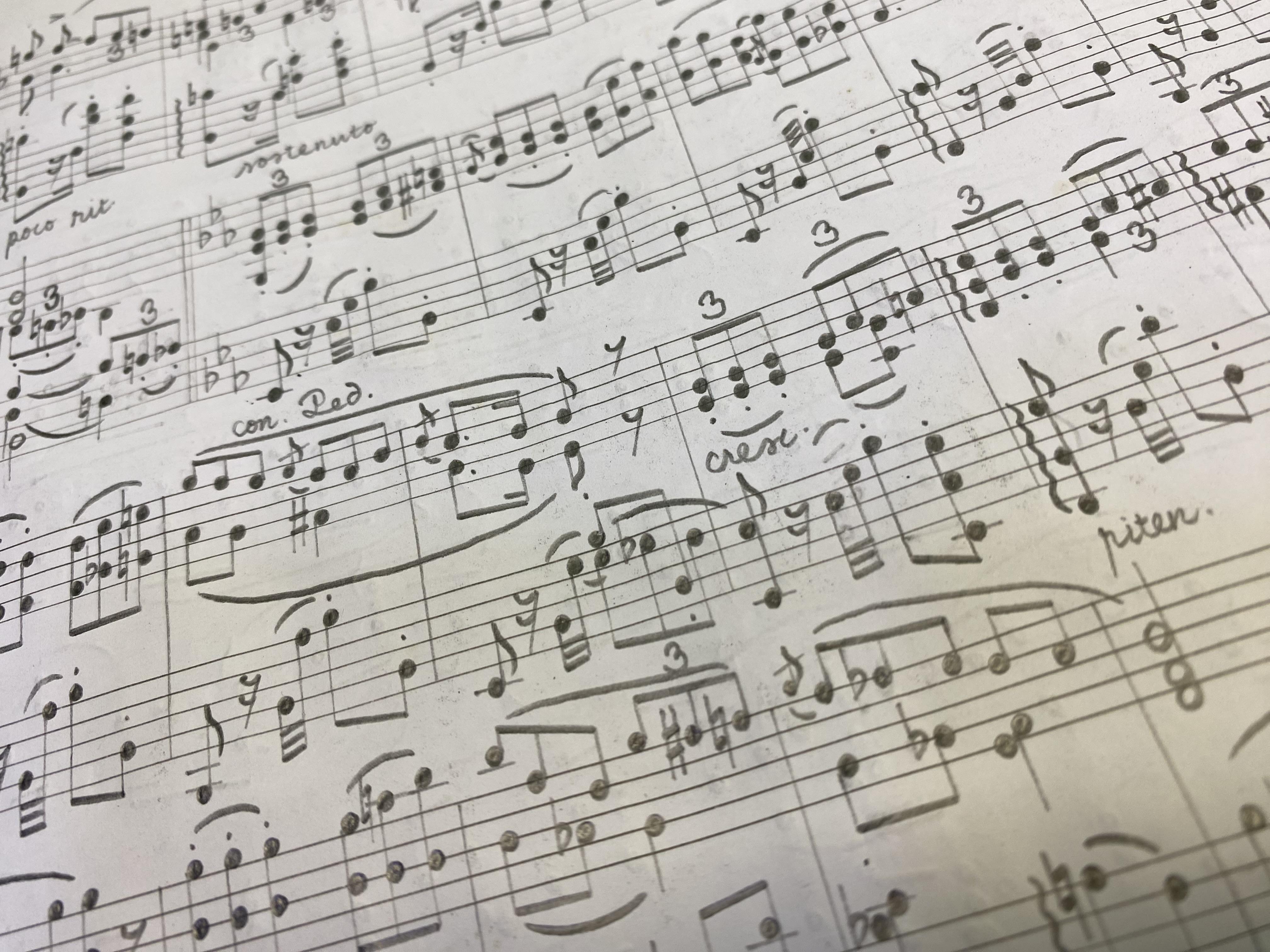
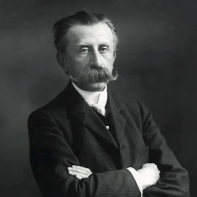

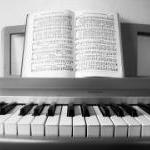

.thumb.png.8b5b433a341551e913a34392660bc95b.png)






